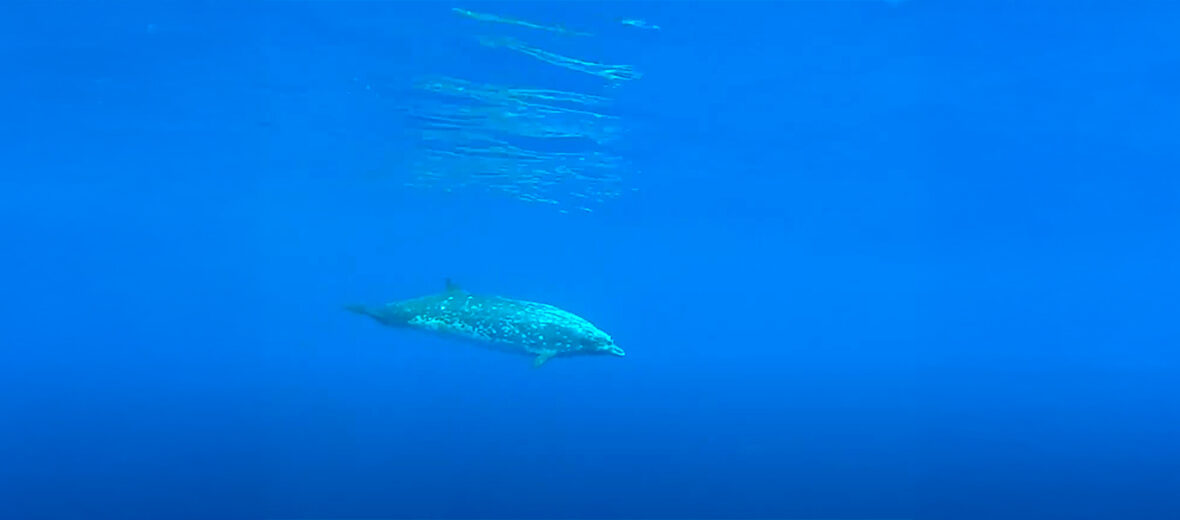
The Blainville’s beaked whale, aka dense-beaked whale, is thought to be the widest ranging of the mesoplodont whales (toothed whales). They dwell in tropical and warm waters in all the world’s oceans. These whales face the threats of overfishing; over harvesting; water pollution; microplastics pollution; noise pollution, that causes disorientation and confusion; and climate change, that causes the warming of the ocean water. Due to their abundance, these whales are listed as Least Concern by the IUCN. Their population trend is listed as unknown at this time.
First the Stats…
Scientific name: Mesoplodon densirostris
Weight: Up to 2,200 lbs.
Length: Up to 15 feet
Lifespan: Up to 27+ years
Now on to the Facts!
1.) They were first described by French zoologist Henri de Blainville in 1817.
2.) Pods are small and consist of up to 7 individuals.
3.) Fish, octopuses, and squids are all on the menu.
4.) Rather than biting their prey they use suction feeding to capture their food. They create a low pressure in their mouth by retracting their tongue, and using throat grooves to expand the throat volume. This generates a lower pressure in the mouth than the surrounding water, enabling the whale to suck in water and their prey.
5.) While being cathemeral (active both day and night), the majority of their waking time is spent at night.
But wait, there’s more on the Blainville’s beaked whale!
6.) 2 signals have been identified with the possibility of communication: a fast series of ultrasonic frequencies modulated by clicks and also harmonic rich short whistles with mean fundamental frequency of 12 kHz.
7.) Seeing as these whales only seem to vocalize while diving for food, it is believed that these vocalizations are a means of locating food (echolocation).
Did you know…?
These whales can dive to depths of up to 4,619 feet deep.
8.) Orcas and cookiecutter sharks both prey on these whales.
9.) They can dive for up to 155 minutes at a time.
10.) These whales are protected throughout their range by CITES Appendix II and MMPA Protected.
Now a Short Blainville’s Beaked Whale Video!
Be sure to share & comment below! Also, check out the Critter Science YouTube channel. Videos added regularly!

Want to suggest a critter for me to write about? Let me know here.
Some source material acquired from: Wikipedia & IUCN
Photo credit: NOAA Photo Library



